Author Guest Post: David Baker
ARTEMIS I
In the words of the song “Everyone’s gone to the Moon”! Or so it seemed at the end at the 1960s when America was launching giant Saturn rockets every other month, when newspaper headlines proclaimed the latest space exploits and TV screens showed astronauts ‘bunny-hopping’ around on the lunar surface. Yet for all that enthusiasm the celebrations were short lived and decades have rolled by without new boot prints being added to those already in Moon dust.
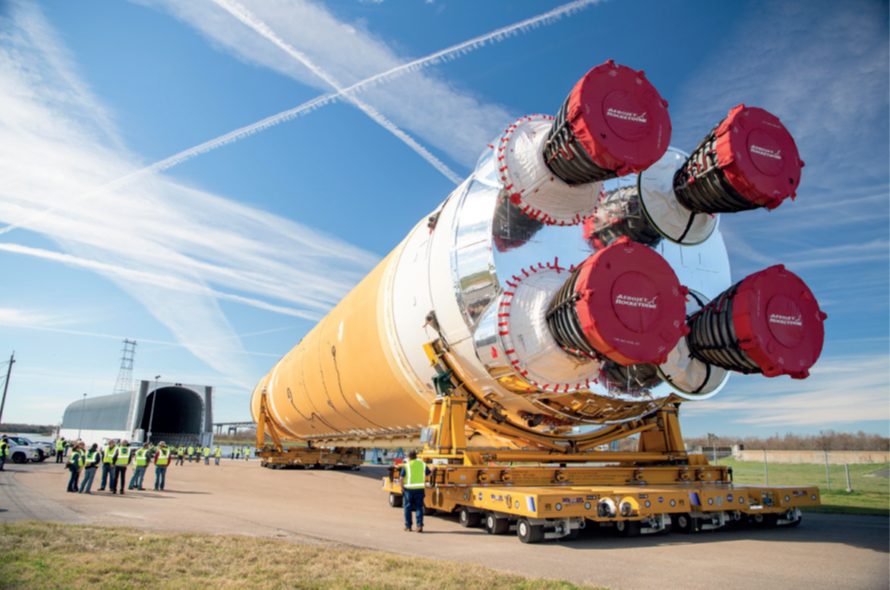
Astonishingly, roughly 75% of the world’s population of more than 8 billion were born after the last humans walked on the lunar surface – to three-quarters of people alive today, those events are just history. And to the remaining 25%, that seems very strange indeed. After all, it is now almost 51 years since the last Moonwalker came back to Earth.
Which is perhaps all the more staggering, given that it took little more than seven years to go from sending the first American to orbit the Earth (John Glenn in February 1962) to the first boot-print on the lunar surface (Armstrong in July 1969). Three years and five months later it was all over. Yet in that time 12 men had walked on the surface of the Moon, all Americans.
However, in addition to the 12 men who landed, a further 12 flew close to the Moon, either because they were the third crewmember of a landing mission waiting for the astronauts to return to the mothership or a full crew who flew around the Moon without landing at all – those flights being Apollos 8, 10 and 13. Which is perhaps all the more surprising because when it began the Americans were far behind in the space race and pushing hard to catch up. Not odds-on favourites to get there first.
Despite Russia having sent the first satellite into orbit in October 1957, taken the first pictures of the far side of the Moon in 1959 and put the first human in space in April 1961, no Russian has ever been further from the surface of the Earth than the distance between London and Berlin – up through the atmosphere of course! In fact, only Americans have been farther away than that.
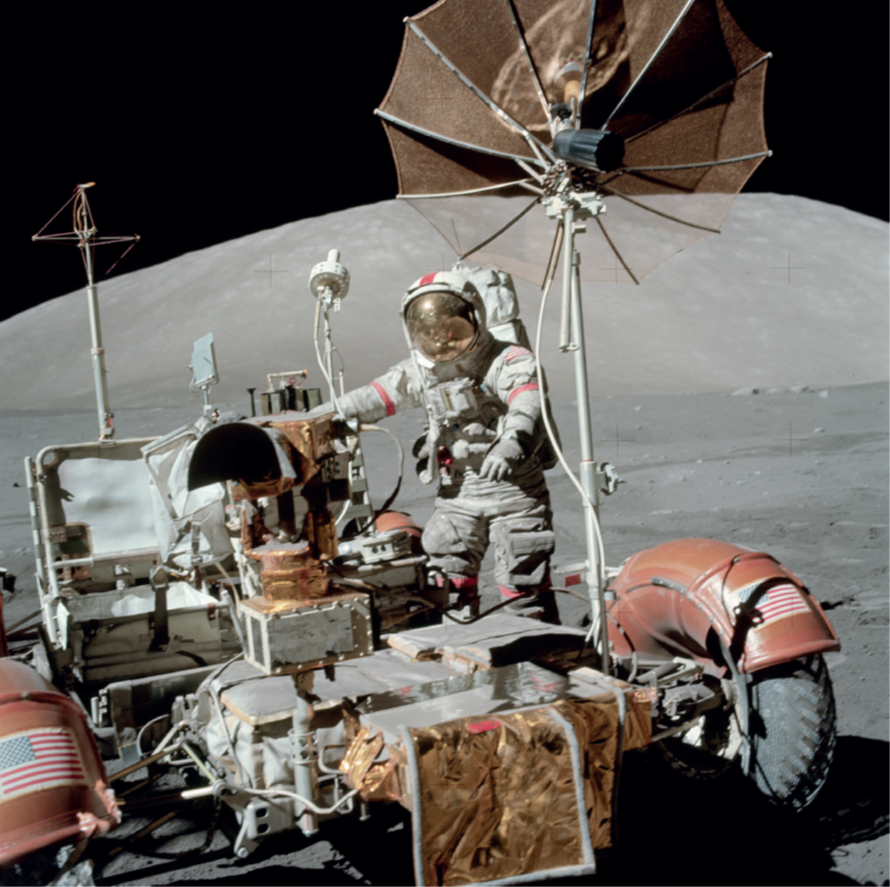
Since Yuri Gagarin on April 12, 1961 more than 500 people have been into space but only those 24 Apollo astronauts have been sufficiently far enough away to see the Earth as a blue marble hanging in the black void. Nobody has had that view since December 1972. Which puts the Apollo programme into context as a monumental achievement, when the world’s richest and most powerful country mobilised more than 250,000 men and women to achieve what no one had done before and no one has been able to repeat.
Which brings me to this book and why I wrote it. I have at various times and in a wide range of roles been close to the space programme all my life and in addition, along the way have been privileged to study, analyse and write its history. The saga of getting back on the Moon has been a largely untold story, lurching as it has from one expectation to another, each suffering from a lack of political will or money – sometimes both.
Throughout the past 50 or so years, advocates of deep-space exploration have wanted humans to get back out there and continue the work of the 12 Moonwalkers. Explorers who provided the information we now have to show what a vital role our only natural satellite has played in the evolution of the Earth and how life itself was accelerated by the presence of the Moon. And there is good reason for why they would want to do that.
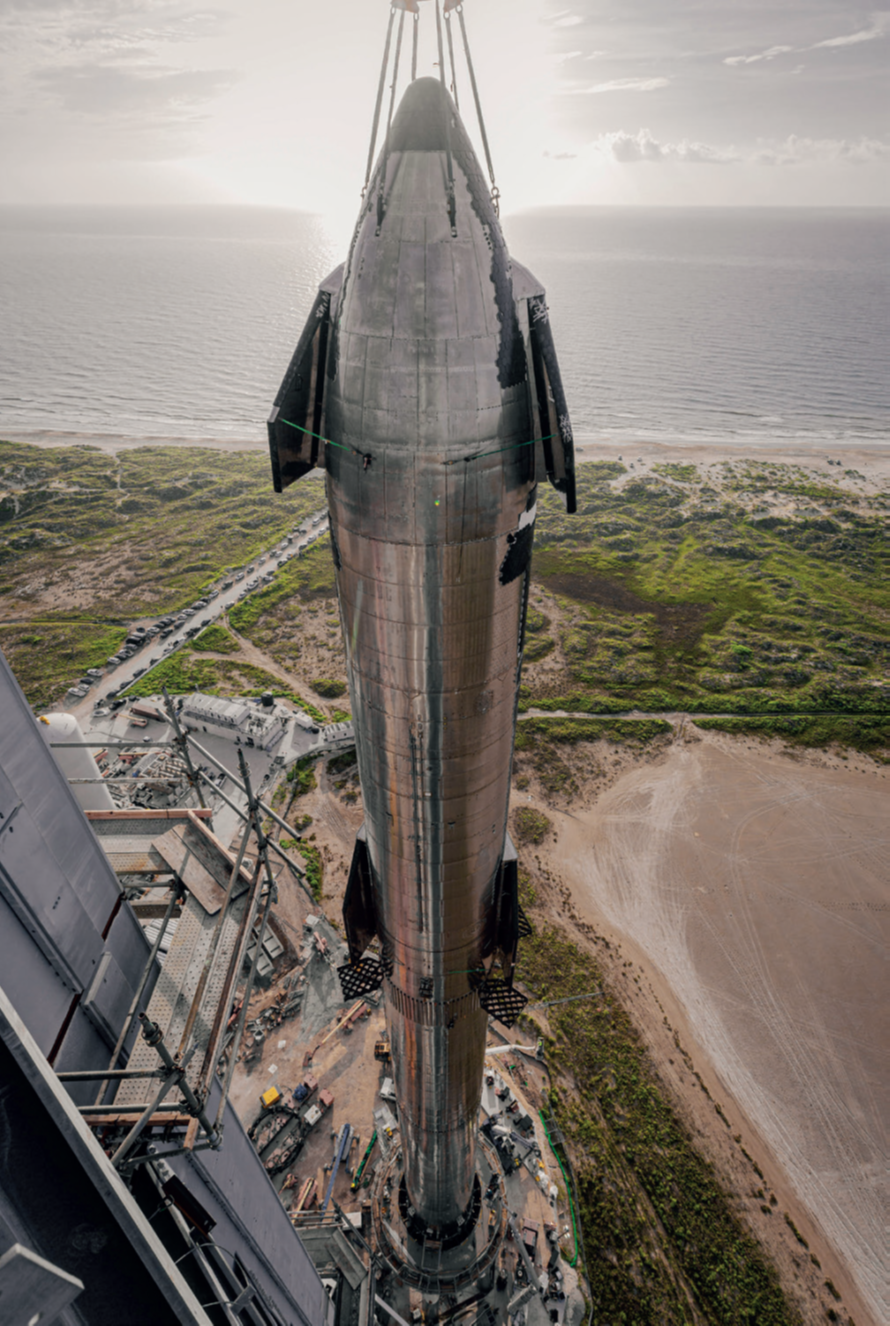
For many years after the last astronaut returned home, science instruments left on the surface continued to send vital information from sensors plugged into this strange and forbidding world. Unmanned robots followed and we now know that there is water in places of perpetual darkness and that is why scientists and explorers want to go back, to continue the work, this time with sustainable space bases.
Artemis is the programme designed to begin that process and the first unmanned test of the total system occurred in November 2022. This book describes the milestones to that mission, beginning with earlier plans to get astronauts back to the lunar surface. The return to the Moon has been a long time coming and with each successive step I will chronicle the exploits of this next generation of explorers with further books, beginning with Artemis II and its crew of four launched early in 2025, possibly sooner.
The crew for Artemis II has already been selected and one of the four is a Canadian. Unlike Apollo, Artemis is international in that Europe provides half the Orion spacecraft which carries crewmembers to and from lunar orbit. The European Service Module is built in Bremen, Germany, and provides all the electrical power, air for breathing, water for drinking, cooling systems, rocket power for propulsion, communications and external TV cameras for viewing the vehicle in space.
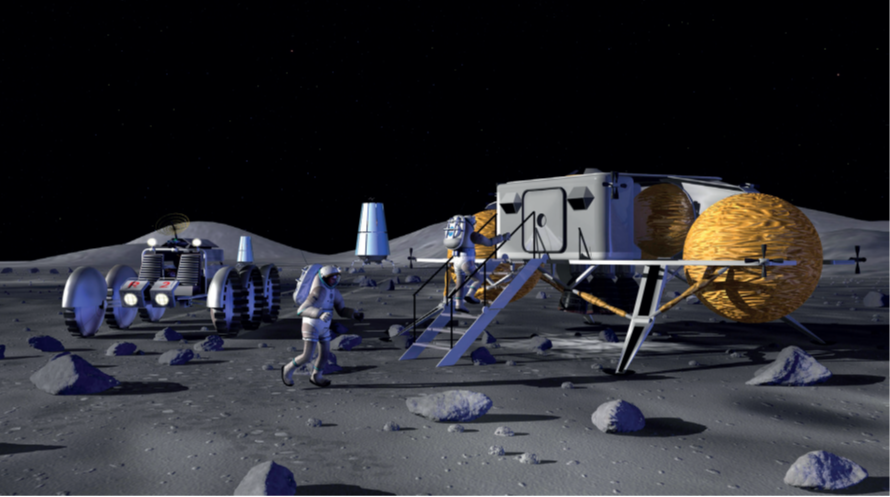
All well and good but we live in a world blighted by poverty, hunger, environmental damage and a rapidly changing climate. Why spend resources on what many would say is an irrelevant digression? Solutions to all these listed problems will only come if a new generation is given inspiration and incentive, developing technologies that come from cutting edge research on materials and other products of science and engineering. Apollo brought to the US economy five times the money it cost, at a time when at peak up to 5% of the government budget was spent on space projects.
Today, that amount is less than 0.5% and the returns are greater still. What begins with Artemis can return benefit us in a myriad different ways. It happened with Apollo; it can be done with Artemis.
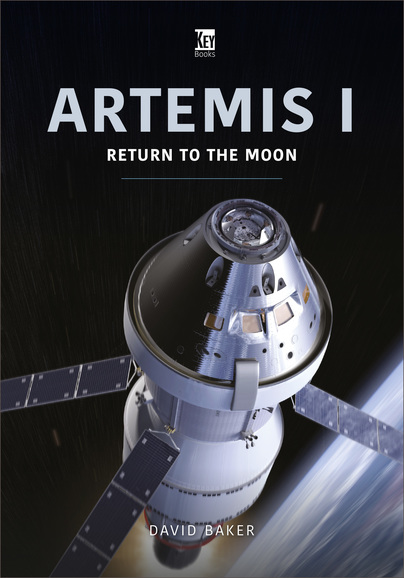
Artemis I is available to order here.

